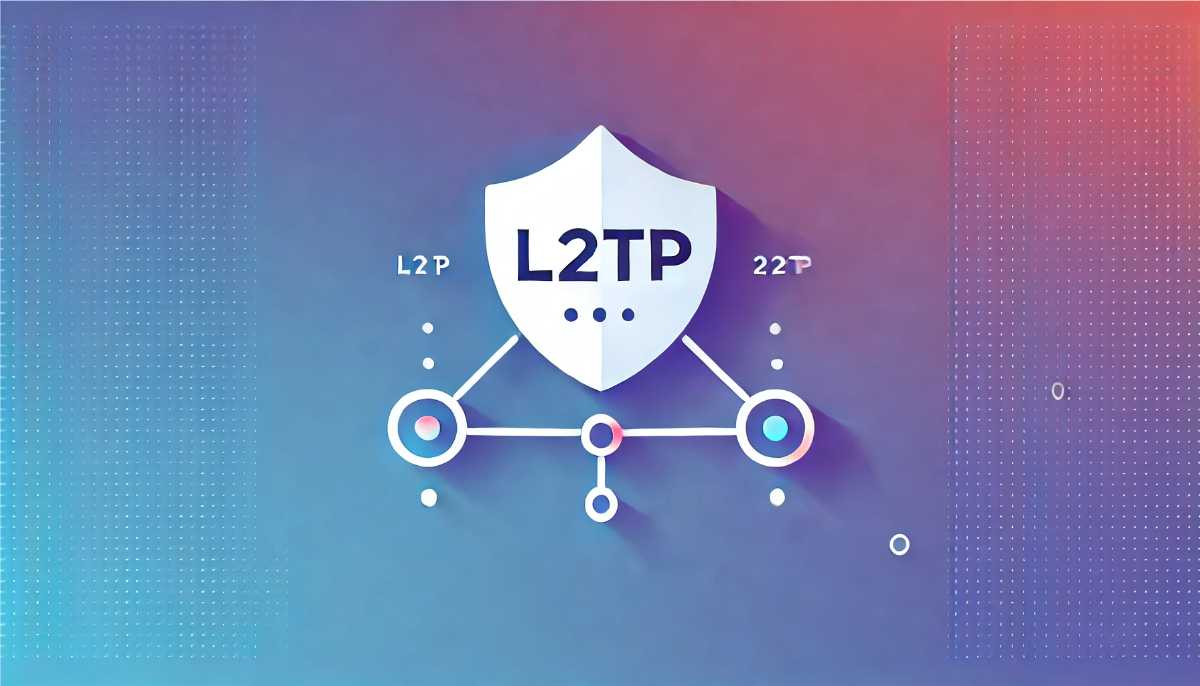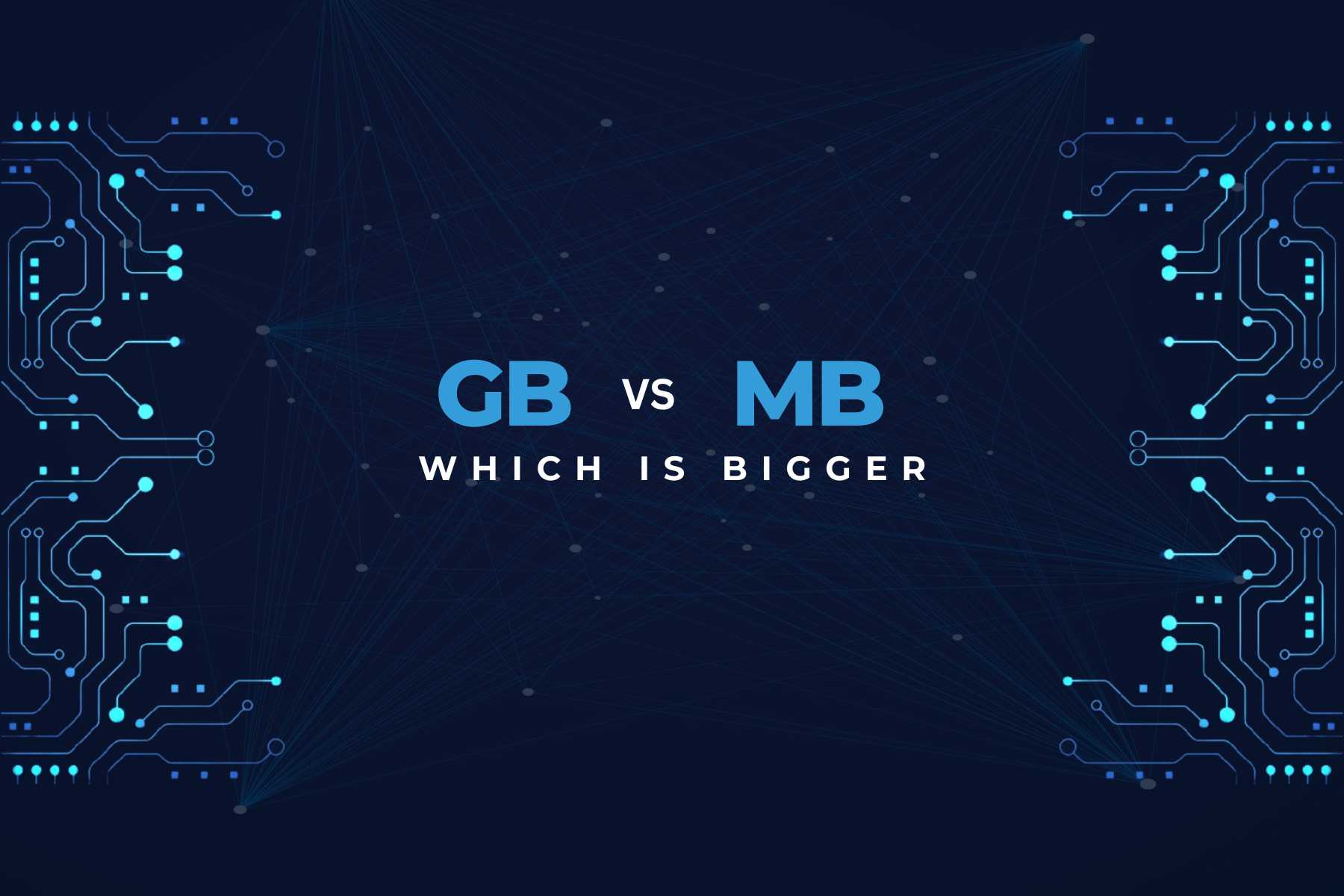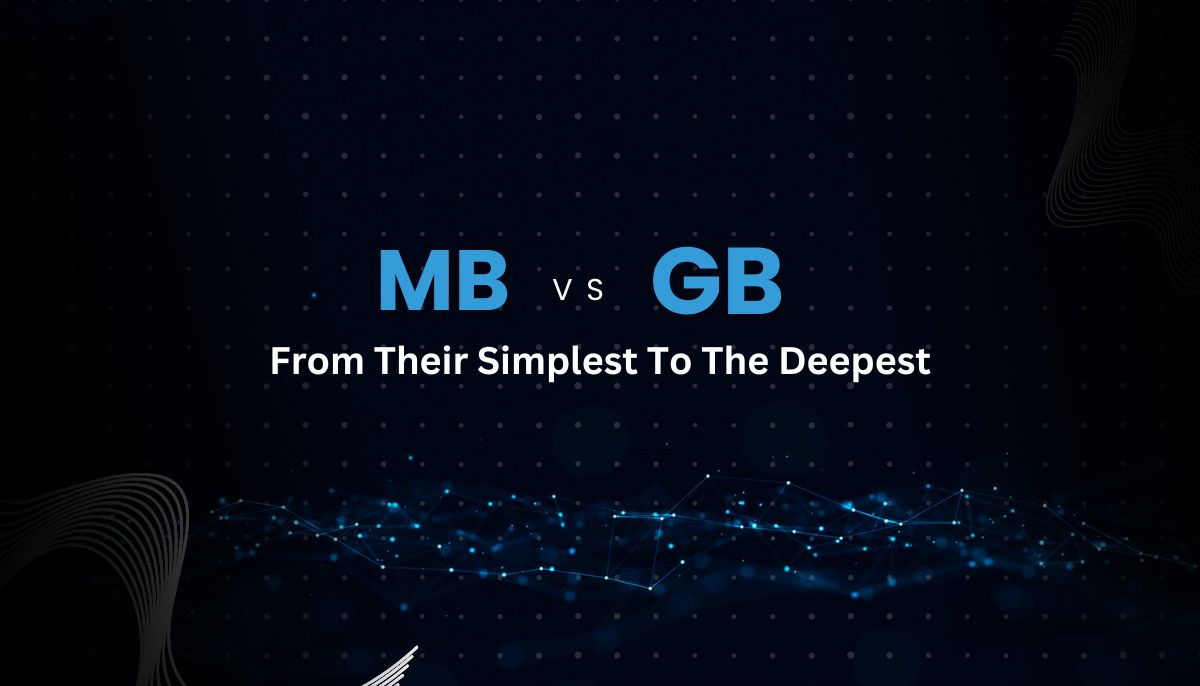L2TP: What is Layer Two Tunneling Protocol?
Table of content
Introduction
Businesses spanning over remote locations use virtual lines, called L2TP or Layer 2 Tunneling Protocols, to manage IP addresses. But what is L2TP, and what do you need to know about it? This blog is meant to answer these questions. We’ll explore how its features work and differences compared to other blogs. So let’s get started.
What is L2TP?
Layer 2 Tunneling Protocol (L2TP) is a virtual private network (VPN) protocol that facilitates the creation of a connection between a user’s device and a VPN server, often used by internet service providers (ISPs) to enable VPNs. It does not provide encryption or authentication on its own, so it is typically paired with Internet Protocol Security (IPsec), which uses encryption algorithms and cryptographic keys to secure data traveling through the tunnel. This tunnel can transfer various Layer 2 (L2) data types over an IP or Layer 3 (L3) network and can operate in either voluntary or compulsory tunnel modes depending on whether the endpoint is the remote client or the ISP.
How Does L2TP Work?

First of all, L2TP established a connection between your device and the server you want to reach. After that, the process follows the following pattern:
- The information you want to transfer via a VPN connection is divided into packets.
- To prevent unwanted access to the data, IPsec encrypts these packets.
- To establish a secure tunnel for data transmission across the public network, L2TP encapsulates the encrypted packets into its own packets.
- Through the internet, the L2TP packets are transmitted.
- At the receiving end (a VPN server), L2TP unpacks the encapsulated packets, and IPsec decrypts them.
- The decrypted packets are returned to the original data, which is then accessible on the local area network (LAN) connected to the VPN server.
Features of Benefits of L2TP VPN
Despite being a relatively older data tunneling protocol, L2TP is still frequently utilized. Let’s explore the features that made L2TP such a hit.
Compatibility:
A variety of hardware and operating systems, including Windows, MacOS, Linux, iOS, Android, and routers, support L2TP when used in conjunction with IPsec.
Multi-protocol support:
L2TP is made to function with a wide range of protocols, including higher-layer protocols, to safeguard the data being tunneled. This indicates that IPV4 and IPV6 are supported by L2TP.
Integration of PPP:
By enclosing data within the tunnel created with Point-to-Point (PPP), L2TP can expand its functionality to allow compression, authentication, and encryption ((when paired with IPsec). However, more adaptable and safer enclosing and encryption techniques are becoming the norm in the present VPN protocols.
Voluntary and Compulsory Tunneling:
Both compulsory tunneling, which is started by the network carrier, and voluntary tunneling, started by the VPN user, are supported by L2TP.
What Are the Drawbacks of Layer 2 Tunneling Protocol?
There are some significant downsides of LT2P VPN you must know about.
No Encryption by Itself:
L2TP does not offer encryption on its own and relies on an additional protocol, such as IPsec, to secure VPN connections.
Increased Complexity:
The need to combine L2TP with another protocol like IPsec adds complexity to the VPN setup and configuration.
Potential Vulnerabilities:
Incorrect configuration of IPsec can introduce security vulnerabilities.
Performance Degradation:
The double encapsulation process used by L2TP/IPsec can result in network performance degradation.
NAT (Network Address Translation) Traversal Issues:
L2TP/IPsec traffic may encounter issues with NAT (Network Address Translation) traversal and often requires extra configuration to work properly with firewalls.
Comparing L2TP VPN With Other Protocols
| Protocol Comparison | L2TP vs PPTP | L2TP vs IKEv2 | L2TP vs OpenVPN | L2TP vs SSTP |
| Encryption | L2TP/IPSec offers stronger encryption than PPTP, which is considered weak. | IKEv2/IPSec offers strong encryption, inherently designed for IPsec. | OpenVPN uses SSL/TLS, offering superior encryption compared to L2TP. | SSTP uses SSL/TLS, providing stronger encryption than L2TP. |
| Speed | PPTP is faster due to weaker encryption. | IKEv2 is generally faster than L2TP and can quickly reconnect after drops. | OpenVPN is generally faster on higher latency networks than L2TP. | SSTP can be slower due to its more complex encryption process. |
| Firewall Traversal | PPTP is more susceptible to being blocked by firewalls. | Both IKEv2 and L2TP can struggle with firewall traversal. | OpenVPN is superior at passing firewalls and can run on any port. | SSTP passes through firewalls more easily than L2TP. |
| Platform Support | Both are widely supported, but PPTP is outdated. | IKEv2 and L2TP are both widely supported, though IKEv2 may need third-party software. | L2TP is natively supported, while OpenVPN requires third-party software. | SSTP is natively supported on Windows, while L2TP is cross-platform. |
| Security | PPTP is outdated with many security vulnerabilities. | IKEv2 is considered more secure than L2TP. | OpenVPN is more secure due to SSL/TLS encryption and flexibility. | SSTP offers more security than L2TP, especially on Windows devices. |
| P2P Support | Both L2TP and PPTP have poor P2P support. | Comparable P2P support. | OpenVPN offers better P2P support than L2TP. | Comparable P2P support. |
| Using Scenarios | Neither protocol is recommended due to PPTP’s weak encryption and vulnerabilities. | IKEv2 is a more advanced and secure protocol than L2TP. | OpenVPN is a better choice for security, flexibility, and firewall traversal. | SSTP is better suited for Windows users seeking a more secure VPN solution. |
Your network is growing day by day, and you need to shift towards high-performance and advanced networking products. At Buyrouterswitch, you can buy networking accessories from routers and switches to wireless, storage, and firewalls. We ensure fast shipping, 100% customer satisfaction, and reasonable pricing options. In a bonus, we provide our customers with free tech support and a 30-day return policy. Thus, wait no more and check out our latest products and pricing quotes.
Conclusion
L2TP VPN is necessary to create a secure connection between your devices and servers. So, it is important to have basic knowledge about its compatibility, features, and drawbacks. In this blog, we have provided you with a comprehensive guide on Layer 2 Tunneling Protocols to let you know about what it is about and why you need it. Still, if you have further queries, or need technical help, you can reach out to us at buyrouterswitch.com.
Frequently Asked Questions
What is L2TP vs IPsec?
The networking protocol L2TP is used by ISPs to make VPN operations possible. Every IP packet in a communication session is encrypted and authenticated using the IPsec protocol suite, which is used for secure IP communications.
Is L2TP outdated?
Though many networking administrators prefer using OpenVPN, Wireguard, and IKEv2, L2TP is not completely outdated. It is still used worldwide.
Is L2TP secure without IPsec?
Layer 2 Tunneling Protocol has its roots in PPTP. It can provide security features like encryption and strong authentication until it is combined with IPsec.




 Catalog
Catalog





















































































































 (800) 870-9487
(800) 870-9487